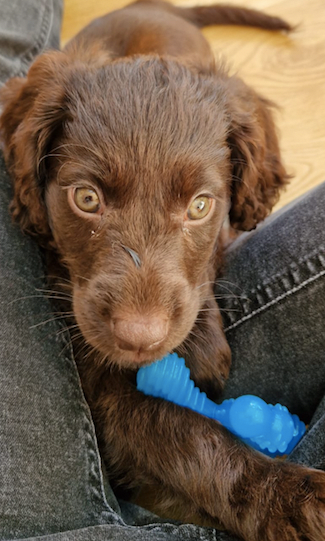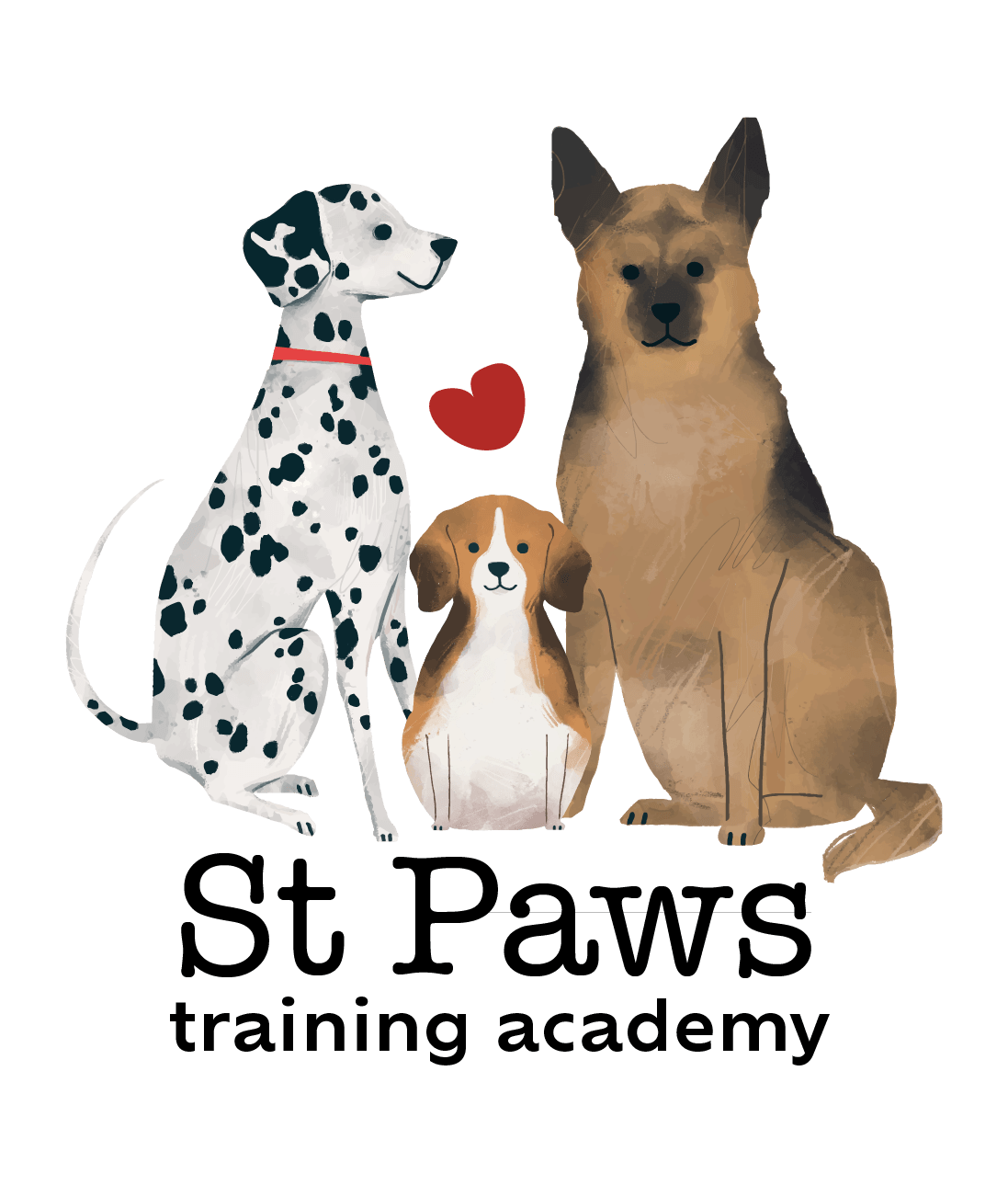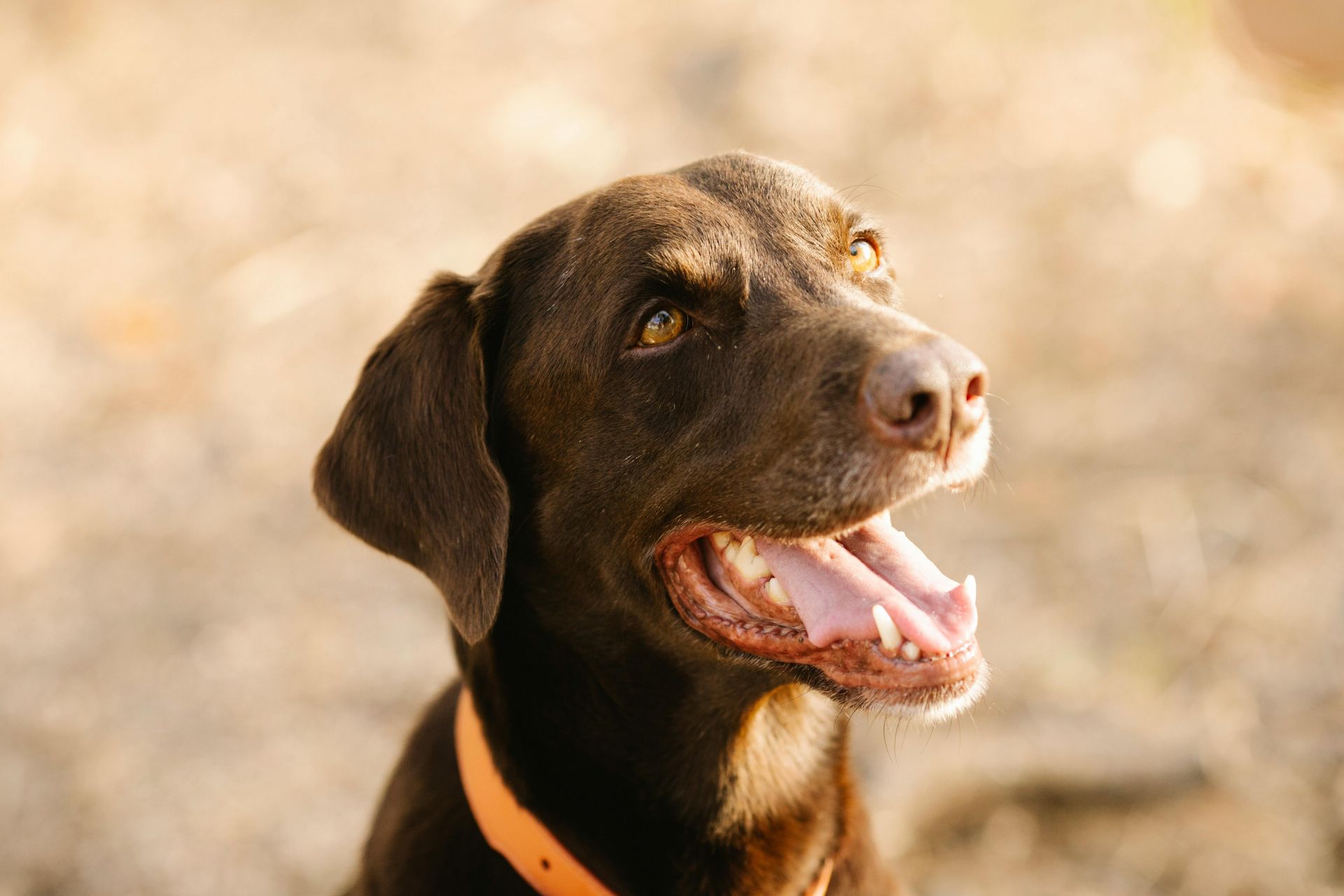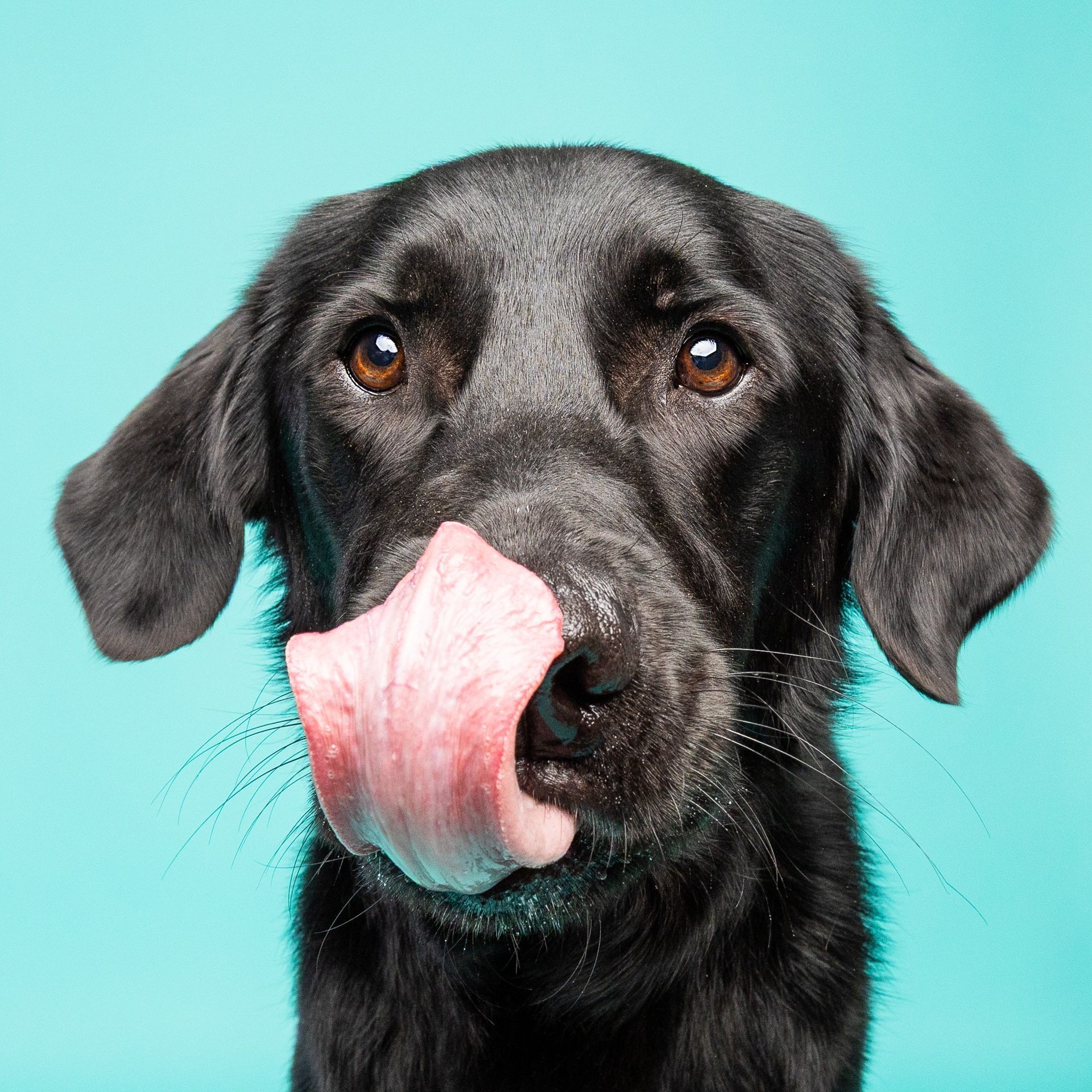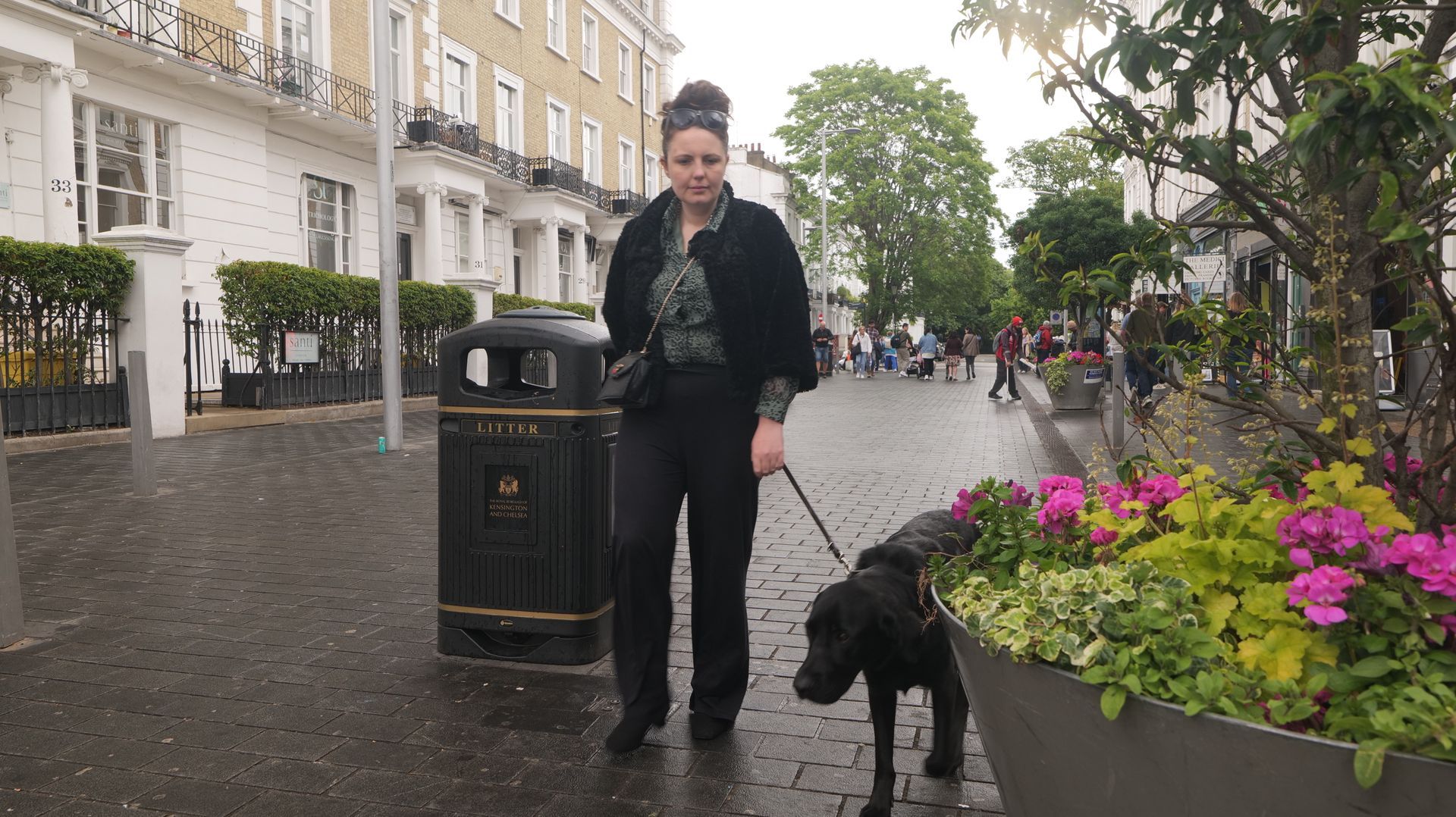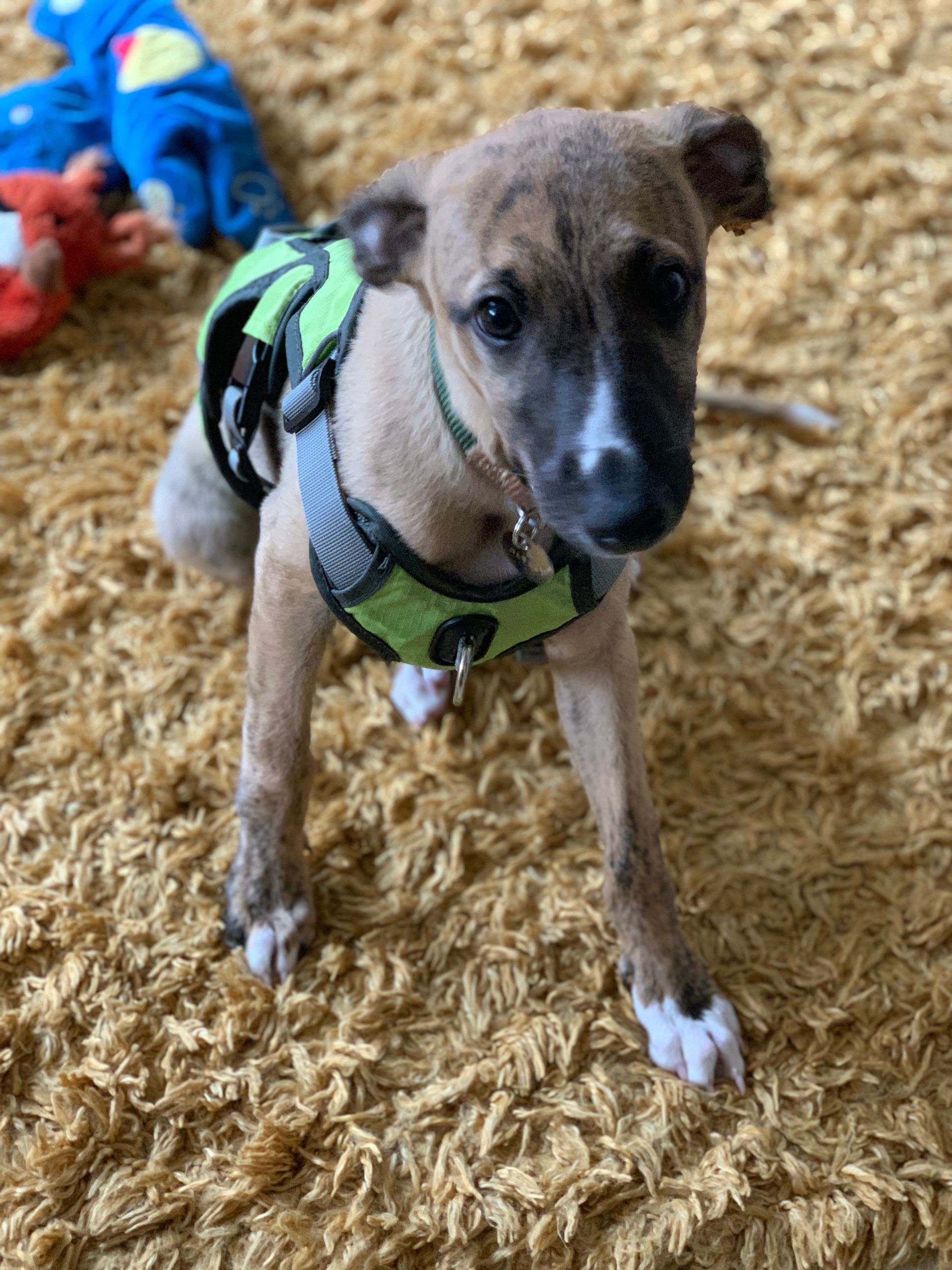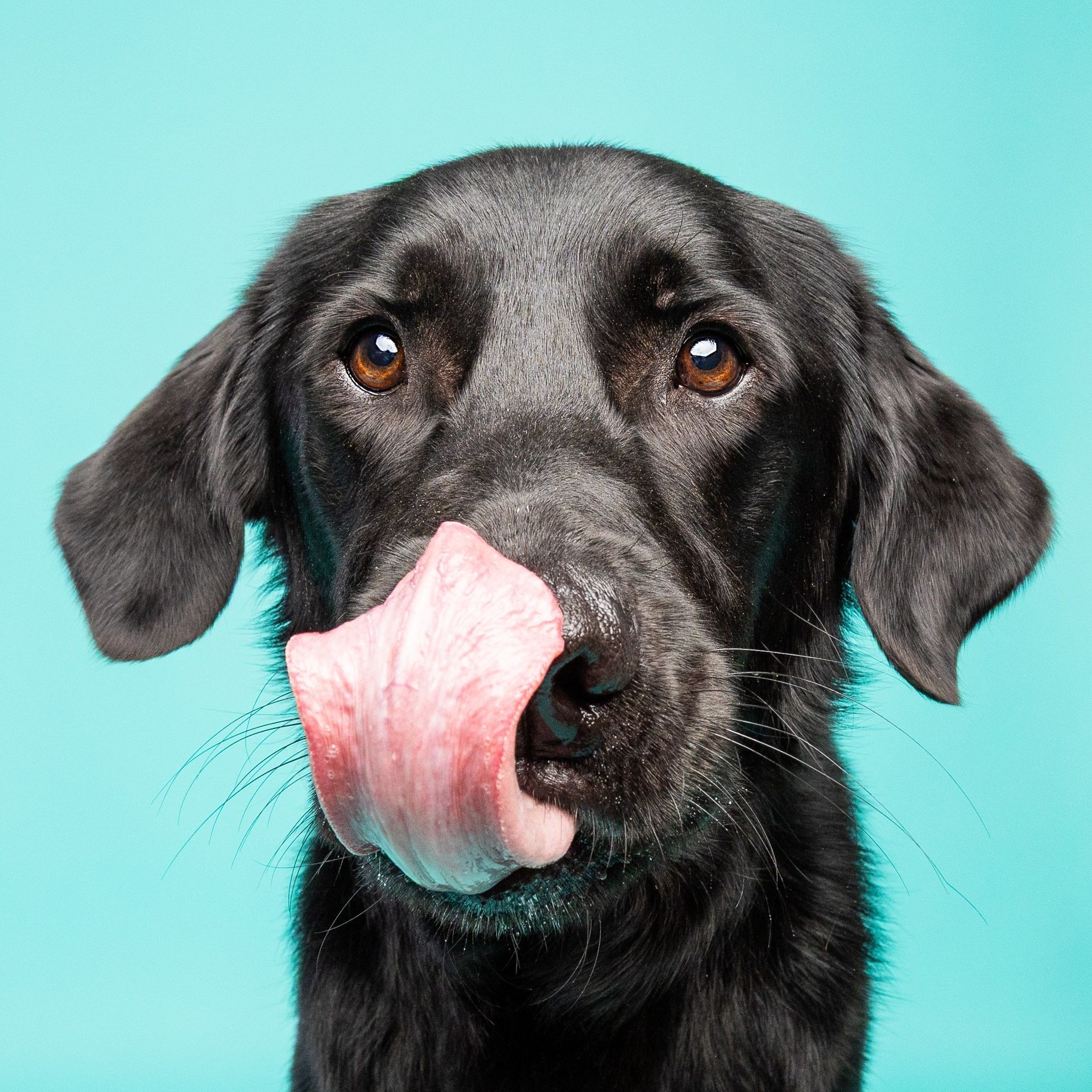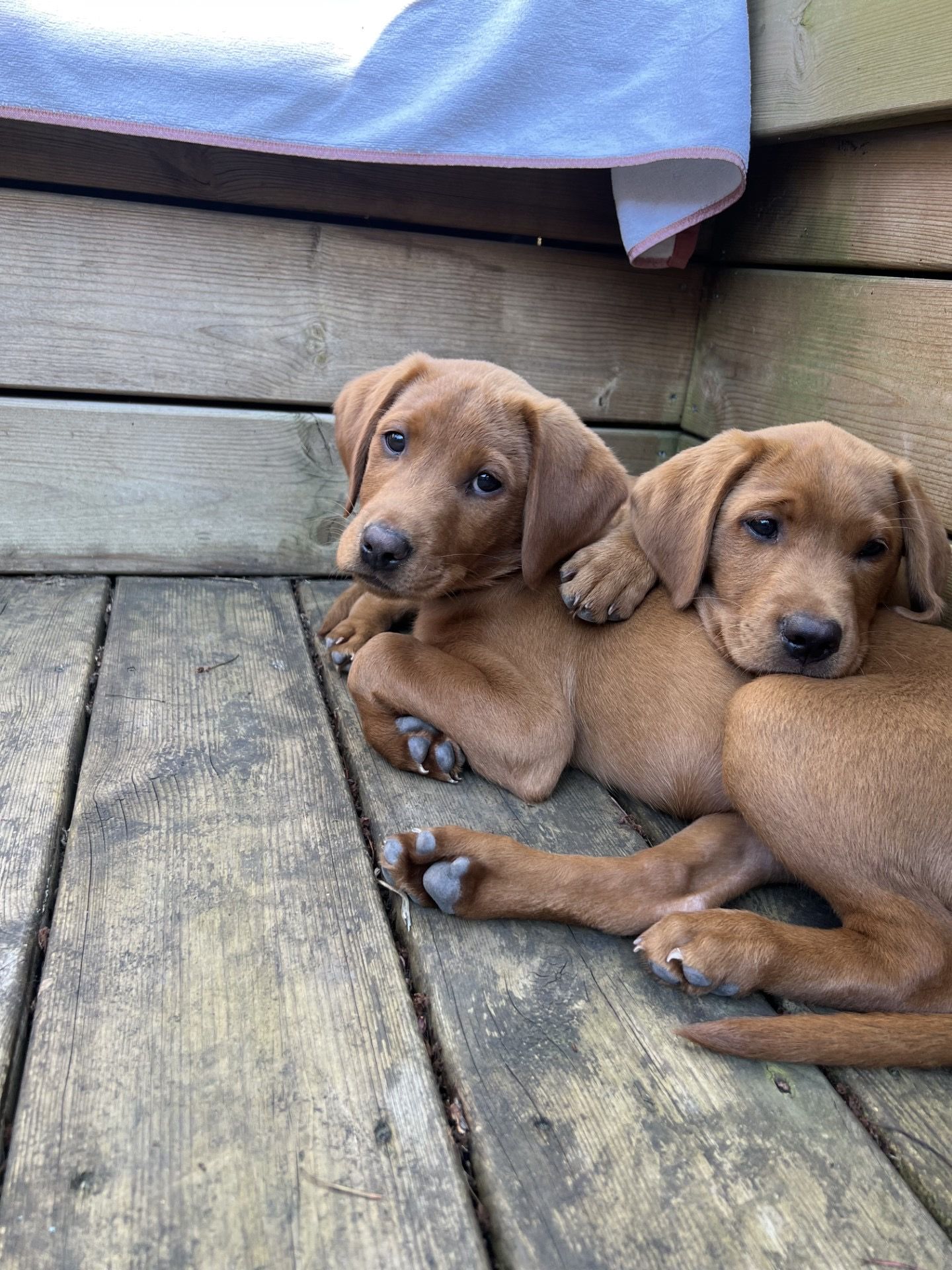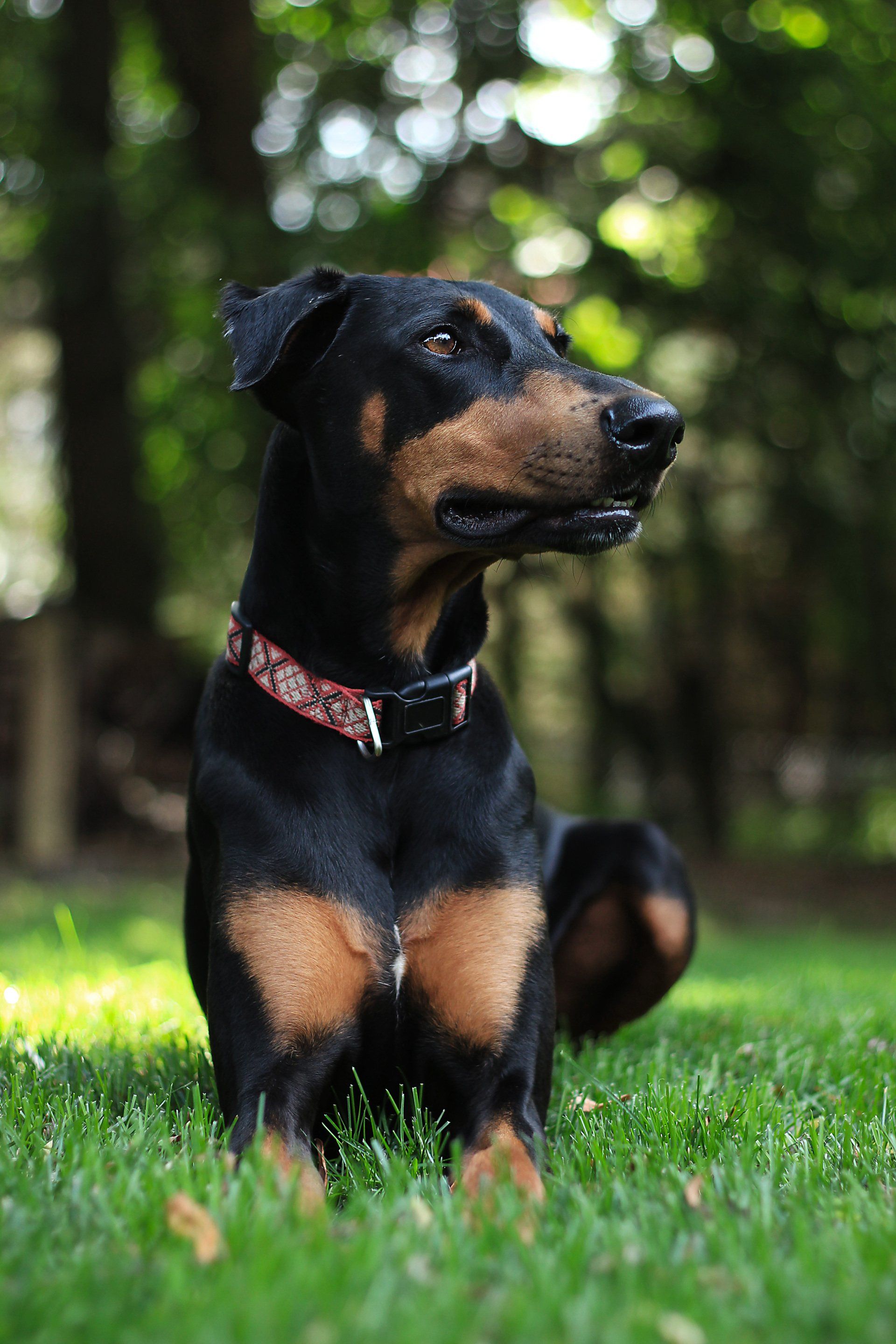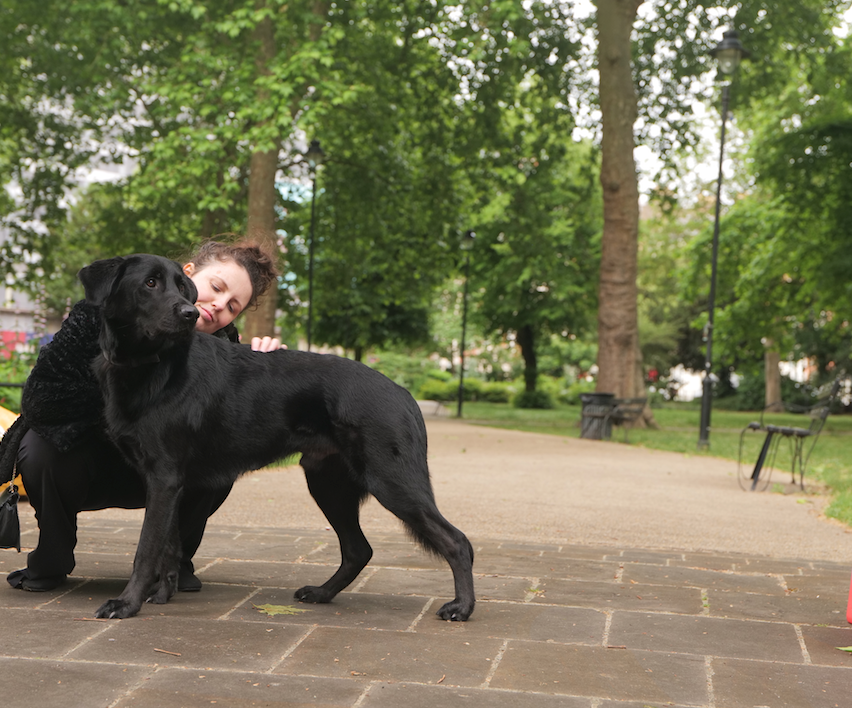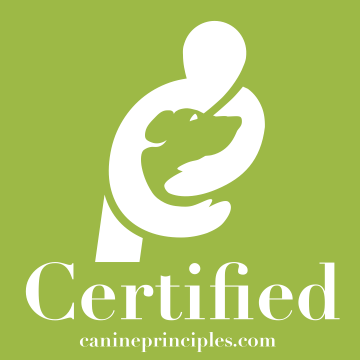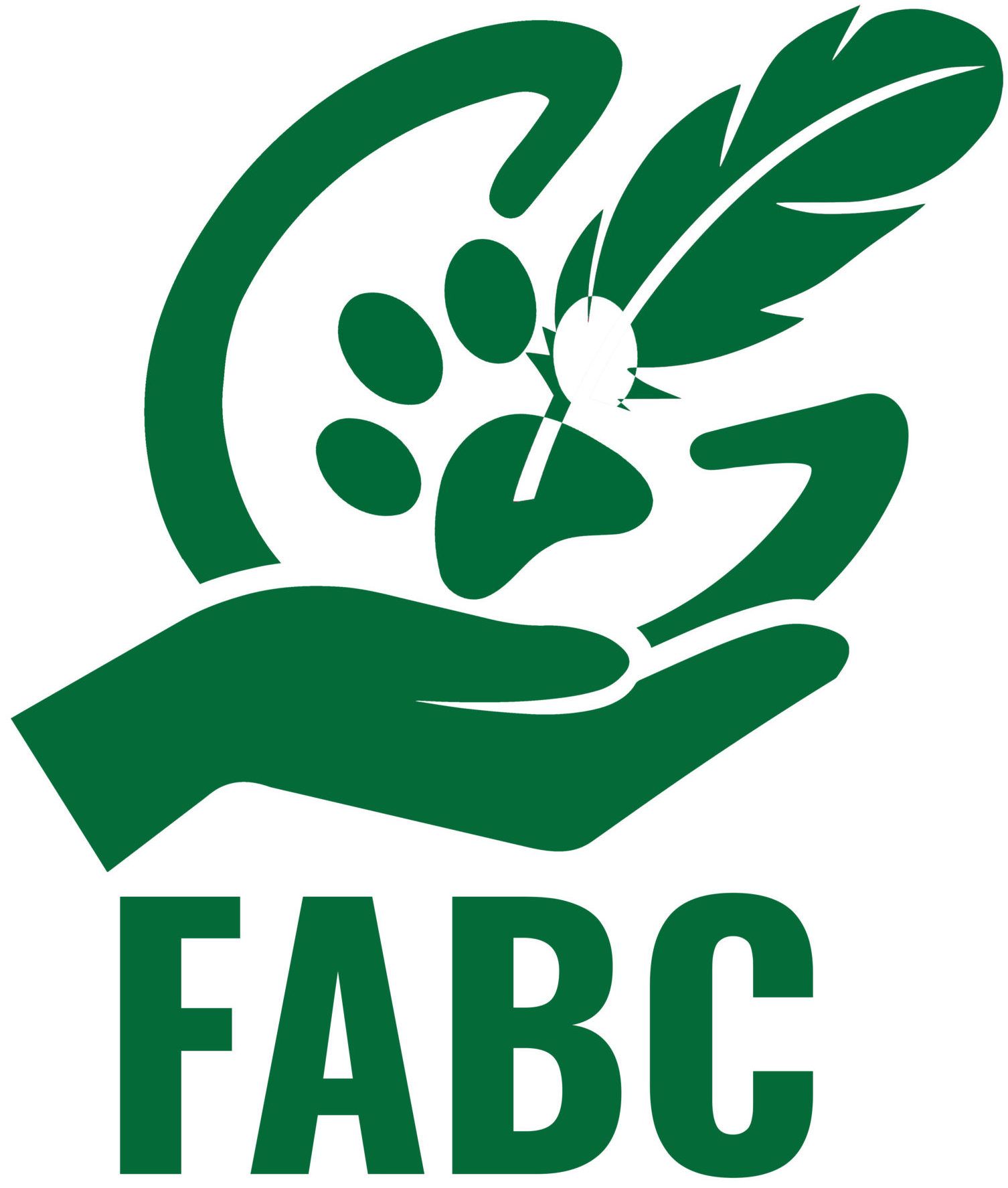Socialising your puppy - all you need to know
Puppy Socialisation - the definitive guide for your little one
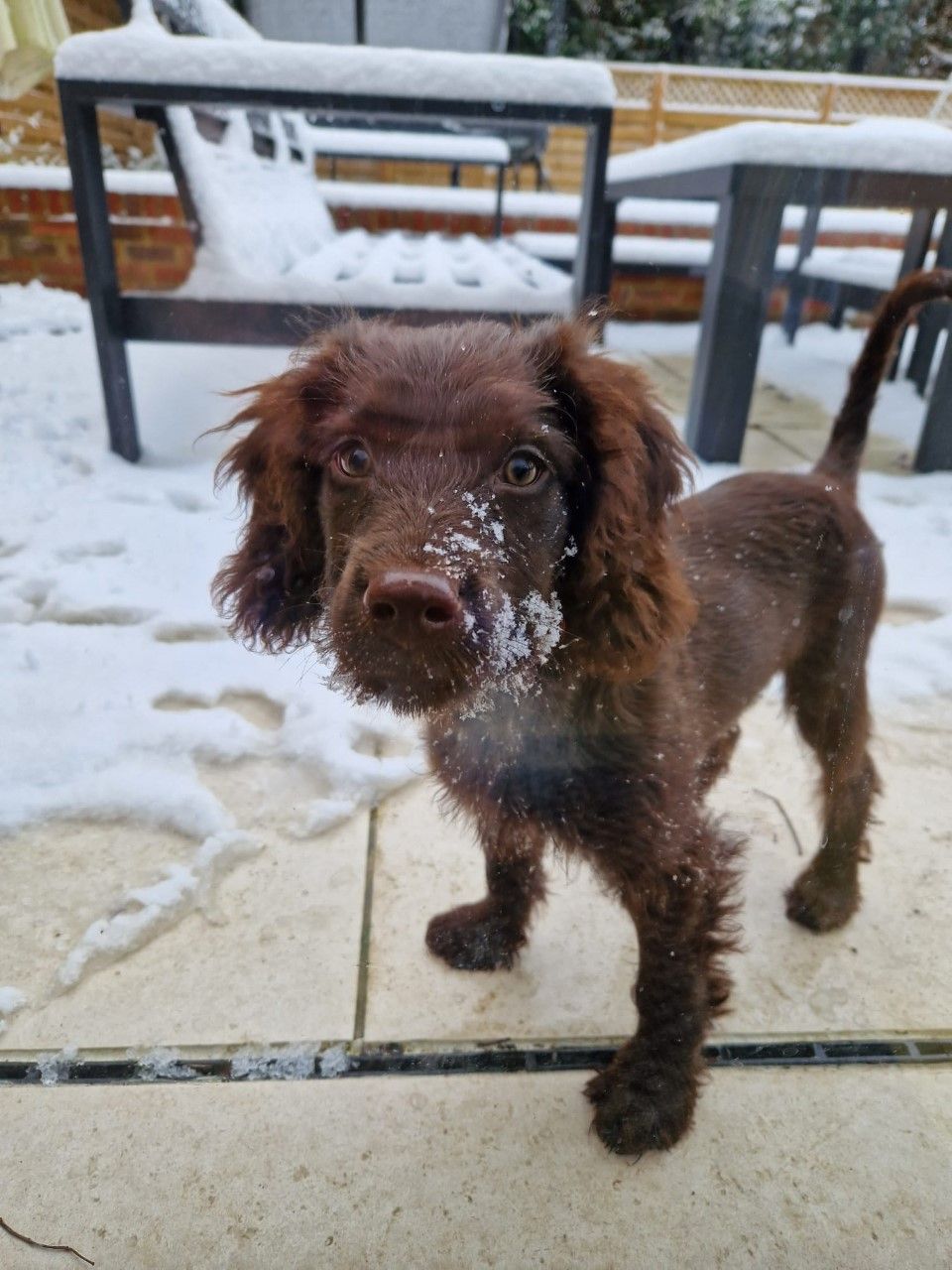
Emotional resilience
A puppies temperament is dependent on their genes and their environment. It is thought that the critical socialisation period for puppies is between 3-12 weeks (1)
, therefore there are many things we can do to help prevent fear and aggression in our puppies, as early life experiences can shape behaviour (2,3)
You’re welcoming a puppy into your heart and home and want the best for them. By following these tips and reading this guidance you’re helping
to set your puppy up for success and helping to create an emotionally resilient dog.
Setting them up for success
So they can practice getting things right.Reward what you like and manage what you cannot change. If your puppy is doing something you’d love to see
more of such as coming back when you call them ensure they are rewarded for this with treats and attention. If they are doing something you
don’t like such as chewing, redirect them onto an appropriate chew.
Although it may sound simple, leaving items out of reach that you don’t want your puppy to have is sensible so they can’t practice chewing on your favourite shoe!
Always remember to reward the good behaviour.
Also allowing your puppy to settle, be independent and not on the go all the time is important so they learn that it’s okay to relax. Capture the calm moments and reward your dog with eye contact when they are settling on their comfy bed.
Listening with our eyes so we can hear them:
While puppies can’t tell us that they’re worried by speaking to us, if we know what signs to spot then we can notice when they are feeling uncomfortable.
As with all body language, context is key so looking at the environment the behaviour is happening in is imperative – a tail wag can mean happiness but it depends on the intensity of the wag. Also, some breeds of dogs have limited ability to use body language due to breed specific differences (a pug has a short curly tail and folds in
their face).
Body Language
Body language that suggests a
dog may be uncomfortable with
interactions (4,5,6)
Ears:
Pinned back.
Tail:
Tucked underneath their body.
Stiff short and fast wag.
Face:
Tension in their forehead.
Head tucked.
Moving head away.
Showing the whites of their eyes
(whale eye).
Licking their nose very quickly.
Yawning.
Blinking eyes.
Body:
Moving away and hiding behind you.
Stiffening up and freezing.
Cowering.
Shake off (as if they are shaking
off water).
Hackles raised (fur on the back).
Socialising and habituating them to our busy world
A puppy should have as many positive experiences as possible with different sights, sounds, people and surfaces.
Socialising means socialising them to things that they will have interactions with such as other animals, people and children. Habituation relates to a puppy
getting used to things in the environment so they hear, see them but they do not evoke a response (such as the sound of a car)1.
They should also be habituated to being handled with focus being placed on their paws, tail, ears and face to help prepare them for handling by vets, groomers and
others in their life. Early handling can help a puppy cope with stress (2). Allowing them to explore the item and move away if
they want to is key (they shouldn’t for example, be passed from person to person, this is likely to be scary for them).
Pair experiences with treats and watch things from a safe distance, then get closer and closer. You can make a list in your phone and note your puppies response
so you can spot any items /situations that they are unsure of and work on these in steps. Classical conditioning is when you pair a stimulus such as food with another
stimulus such as the sound of a whistle. If every time the whistle is blown, food appears, then the dog starts to associate the sound of the whistle with food.
This can also be done with experiences if it is done from a young age. However the caveat is that the dog hasn’t had an
overwhelmingly scary experience – if so this may need a different approach such as counter conditioning (changing an attitude
or emotional response) and desensitisation (making less sensitive and exposing a dog to the trigger at a level it can cope with and gradually increasing it. (3)
You can help prevent a dog becoming fearful of items, people, sounds and sights by pairing them with delicious treats.
You want the puppy to notice the item first then give them a treat afterwards. Allow them to interact with the item, and gather information about it
by sniffing it if they would like to. It is important to recognise if your puppy is nervous and increase the distance between them and the item and gradually get closer to it over a time period and with smaller steps. If they are scared of a child moving around and making lots of noise, for example, you would start by the child staying still and then the puppy having treats then add in the movement gradually and then the noise gradually too.
You want the puppy to notice the item first then give them a treat afterwards. Allow them to interact with the item, and gather information about it
by sniffing it if they would like to. It is important to recognise if your puppy is nervous and increase the distance between them and the item and gradually
get closer to it over a time period and with smaller steps. If they are scared of a child moving around and making lots of noise, for example, you would start by
the child staying still and then the puppy having treats then add in the movement gradually and then the noise gradually too.
Key experiences for your puppy
Grooming:
Paws checked, ears checked, paw
drying, brushing, nails handled.
Handling:
Paws handled, tails handled, ears
handled, holding their collar,
holding their harness.
Surfaces:
Shiny, sandy, stony, wet, grassy
surfaces, stairs.
Experiences:
Vets, groomers, car rides, trips to
the park, cardboard boxes.
Sounds:
Screaming children, pots and pans
falling, traffic, thunder, fireworks,
alarms, doorbells, hairdryers.
Outdoors:
Traffic sounds, near schools,
pushchairs, bikes, trash cans,
wheelchairs, walking sticks, helmets
and other dogs (play should be
supervised and balanced, involve
taking turns and each dog should be
mirroring the others body language),
Kind, modern reward based training
Operant conditioning using kind modern methods involves using two methods. As explained by Howell and Feyrecilde, (2017, p. 81)1 positive reinforcement adds something pleasurable in an attempt to increase behaviour (such as providing a treat) and negative punishment subtracts something
pleasurable in an attempt to decrease behaviour (such as withholding a reward). Using punishment based training has been shown to compromise a dogs
physical and emotional welfare and there is some evidence that aversive training is less effective than positive reinforcement based training (12).
References (if you like reading!)
1&2. Stolzlechner, L.; Bonorand, A.; Riemer, S. 2022. Optimising
Puppy Socialisation–Short- and Long-Term Effects of a Training Programme
during the Early Socialisation Period. Animals 2022, 12, 3067.
3. Dietz, L.,Arnold, A. K., Goerlich-Jansson, V. C., and Vinke, C. M. 2018. The
importance of early life experiences for the development of behavioural
disorders in domestic dogs. Behaviour 155, 2-3, 83-114.
4. Hedges, Stephanie,
2014. Practical canine behaviour: for veterinary nurses and technicians.
CABI Publishing.
5. Shepherd, Kendal, Canine Ladder of Aggression in Debra
Horwitz, and Daniel Mills. BSAVA Manual of Canine and Feline Behavioural
Medicine, 2nd Edition. BSAVA [British Small Animal Veterinary Association],
2009.
6. Whitehead, Sarah, Learn to talk dog (Internet). 2018 (cited Jan
2023). Available from: www.learntotalkdog.com
7. Debra Horwitz, and Daniel
Mills. 2009. BSAVA Manual of Canine and Feline Behavioural Medicine, 2nd
Edition. BSAVA British Small Animal Veterinary Association.
8. Plotsky, P.M.;
Meaney, M.J. 1993. Early, Postnatal Experience Alters Hypothalamic
Corticotropin-Releasing Factor (CRF) MRNA, Median Eminence CRF Content and
Stress-Induced Release in Adult Rats. Mol. Brain Res. 1993, 18, 195–200
9.Debra Horwitz, and Daniel Mills. 2009. BSAVA Manual of Canine and Feline
Behavioural Medicine, 2nd Edition. BSAVA British Small Animal Veterinary
Association.
10. Yin, Sophia, Puppy Socialisation Checklist, (Internet) 2022
, (cited Jan 2023). Available from https://cattledogpublishing.com/product/puppy-socialization-checklist/)
11. Howell, A., and Feyrecilde, M. (2018) ‘Learning conditioning and training’, in Howell, A, and Feyrecilde, M
(ed.) Cooperative Veterinary Care. USA: Wiley Blackwell, pp. 74-126.
12 Ziv, (2017), The effects of using aversive training methods in dogs—A review,
Journal of Veterinary Behavior,Volume 19.
